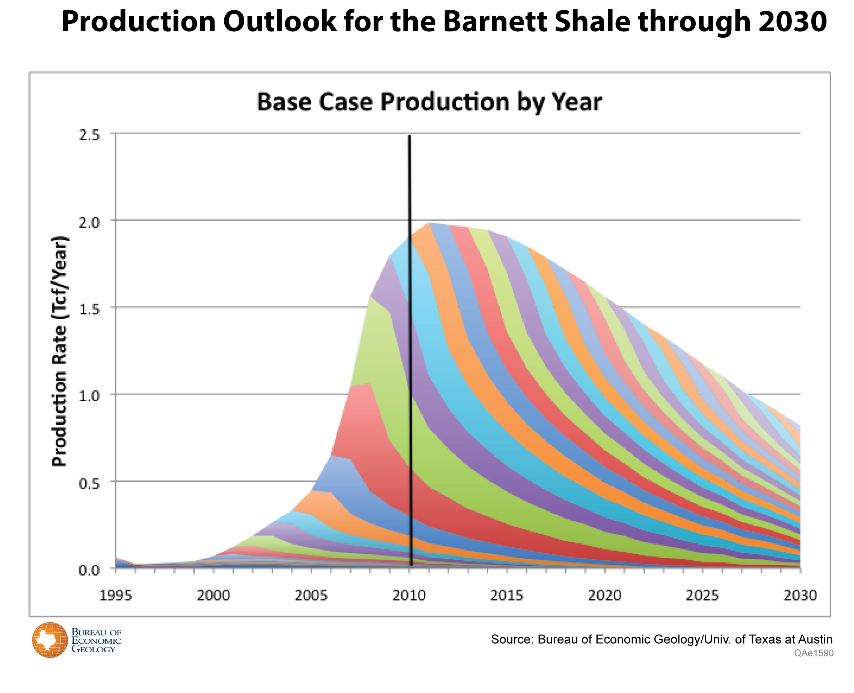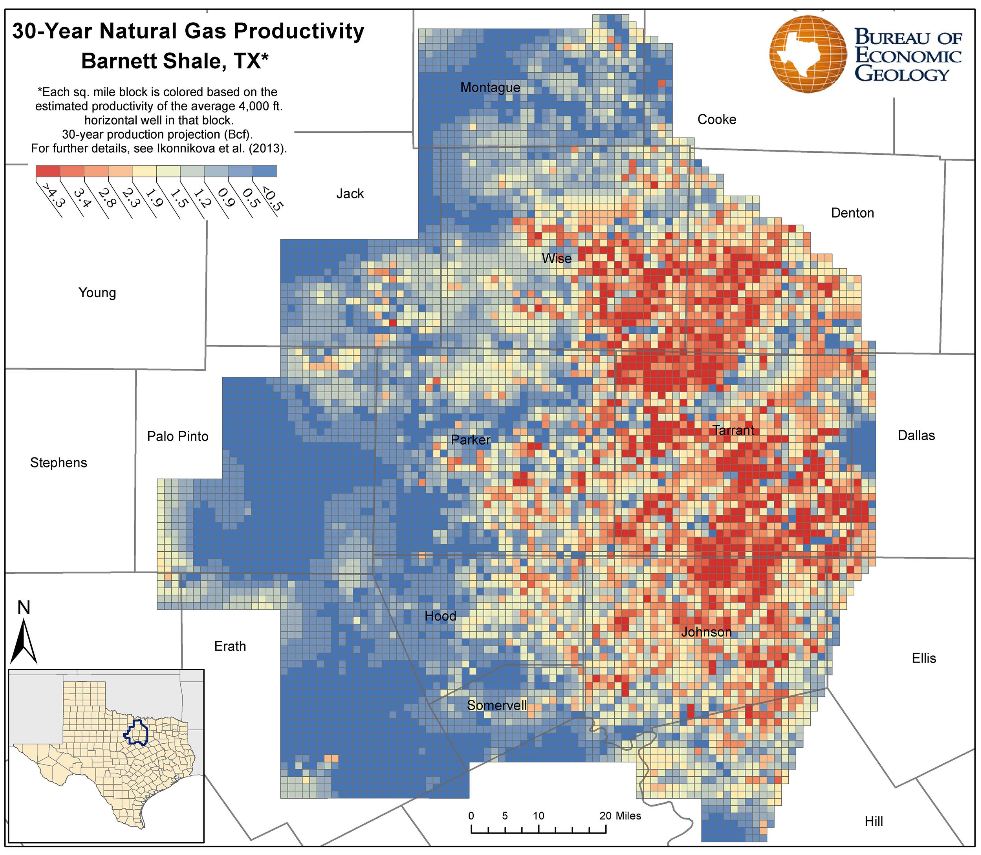A recent editorial in the Houston Chronicle makes a good point: we should no longer think of “oil and gas” together. Their paths have diverged, at least in the US.
The prices of oil and gas used to be roughly equivalent, based on their energy value – their Btu content. But since the shale revolution in the US, this is no longer the case. Today, gas is much cheaper than oil on an energy-equivalent basis. Today, most exploration companies have moved from gas shale plays to oil shale plays, chasing the higher oil price. But gas prices have recently risen, and wells are still being drilled profitably in the Marcellus. If gas returns to $5-6/mcf, shale gas plays will return, and gas will still be much cheaper than oil.
Second, gas is a clean-buring fuel, unlike oil or coal. US emissions of greenhouse gases have declined substantially since utilities have gradually switched from coal to gas. Vehicles powered by gas have much lower emissions than those fueled by gasoline. Gas is touted as a “bridge fuel” in the transition from hydrocarbon to renewable sources of energy, because of its lighter environmental footprint.





